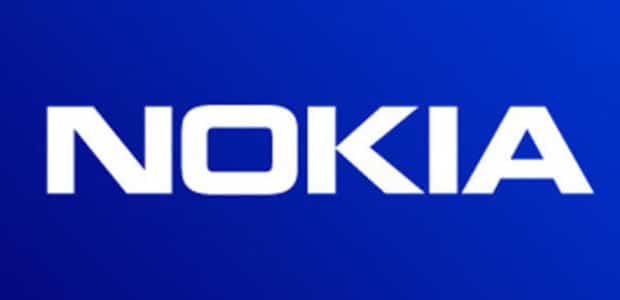advertisement
Nokia selected by Telefónica Spain for next-generation metro optical network
Nokia’s next-generation optical solution has been selected by Telefónica Spain for its new metro transport network to handle the massive…

Nokia’s next-generation optical solution has been selected by Telefónica Spain for its new metro transport network to handle the massive traffic growth fueled by its successful Fusión quadruple-play services. Nokia will deploy the network in areas of high population density including Barcelona and Catalonia, ultimately covering half of Spain.
Telefónica Spain’s three-year Fusión Red project was prompted by the explosive growth in video traffic on its networks from its Fusión quadruple play offer and, in particular, its Movistar TV service, which has expanded to include Canal+ services and the introduction of ‘catch-up’ TV. To date, Fusión has more than 15 million fibre lines, the widest adoption in Europe, and four million pay-TV subscribers.
Nokia will provide multiple elements of its recently enhanced optical portfoliobased on the Nokia Photonic Service Engine version 2 (PSE-2), including the industry’s most scalable packet-OTN switch, the Nokia 1830 PSS-24x. Consisting of metro access, aggregation and core mesh connectivity, the new transport network will provide the flexibility and scalability required to cope with traffic growth from Telefónica Spain expanding Fusión data and video services across high-density centers in Spain.
advertisement
Key Facts
- As part of Telefónica’s Fusión Red (evolution to the new IP MPLS e2e network) project, Nokia is providing a new optical metro network for the service provider to handle the massive traffic growth from new services, particularly video.
- Nokia will deploy the network in areas of high population including Barcelona and Catalonia, ultimately covering half of Spain.
- Data traffic is expanding to the point where the legacy network cannot support its growth. Using Nokia, Telefónica Spain is evolving both its IP and transport networks to continue to bring customers the full commercial Fusión quadruple play.
- Telefónica Spain will deploy multiple elements of Nokia’s recently enhanced optical transport portfolio including:
o The Nokia 1830 PSS-24x – the world’s most scalable packet-OTN switch, providing up to 48 terabits of capacity per rack
o The 1830 PSS 500G DWDM Muxponder, offering up to 500G of flexible bandwidth for delivery of 100G services
advertisement
o Nokia’s CDC-F Wavelength Routing solution, giving Telefonica touchless programmability at the optical layer.
o Nokia’s optical portfolio is based on its programmable Photonic Service Engine version 2 (PSEv2), which provides the ultimate flexibility to optimise capacity and performance
Javier Gutierrez, Director of Network Strategy and Development, Telefonica Spain, said: “The demand for video as part of our Fusión service has moved our data traffic to levels never before seen. We have, however, anticipated this growth and are evolving our network through our Fusión Red project – first for IP, and now at the transport layer. Nokia’s optical portfolio is precisely the future-proof, next-generation solution we need to stay ahead of customer demand for many years to come.”
advertisement
Sam Bucci, head of Nokia’s Optical business, said: “We are pleased to play such a critical and central role in the evolution of Telefónica Spain’s metro network. Nokia’s recently announced optical innovations will lay the groundwork necessary for Telefónica to easily handle the surge in traffic brought on by it’s highly successful Fusión quad-play service, both now and well into the future.”